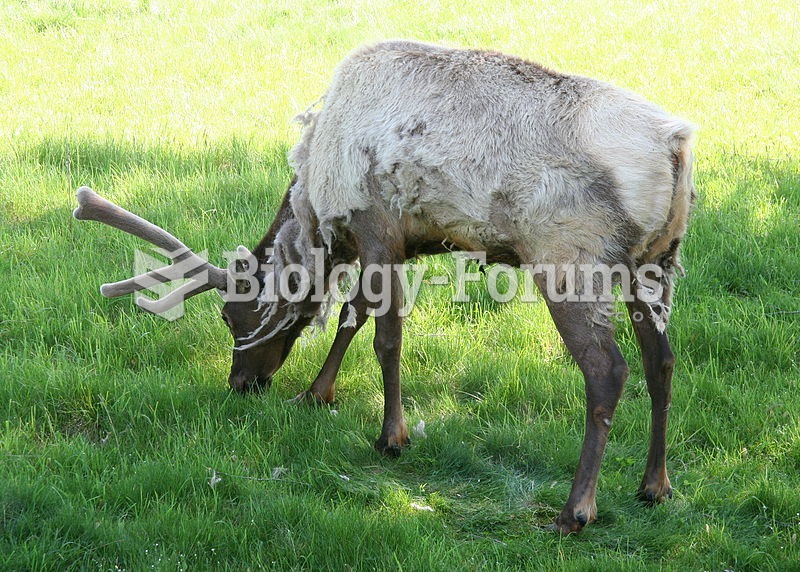|
|
|
The longest a person has survived after a heart transplant is 24 years.
Most childhood vaccines are 90–99% effective in preventing disease. Side effects are rarely serious.
Excessive alcohol use costs the country approximately $235 billion every year.
About 60% of newborn infants in the United States are jaundiced; that is, they look yellow. Kernicterus is a form of brain damage caused by excessive jaundice. When babies begin to be affected by excessive jaundice and begin to have brain damage, they become excessively lethargic.
Sildenafil (Viagra®) has two actions that may be of consequence in patients with heart disease. It can lower the blood pressure, and it can interact with nitrates. It should never be used in patients who are taking nitrates.







